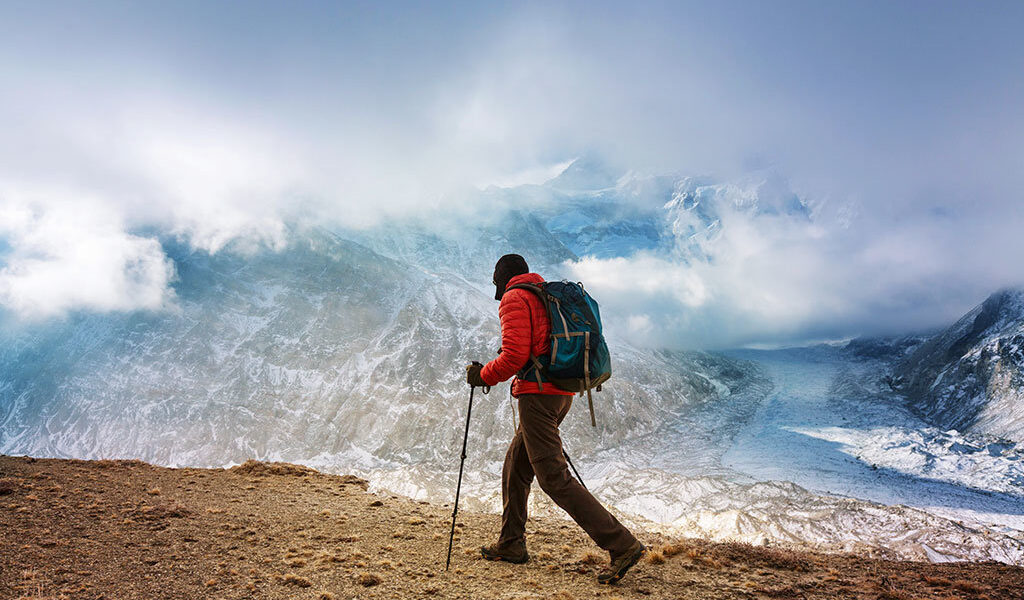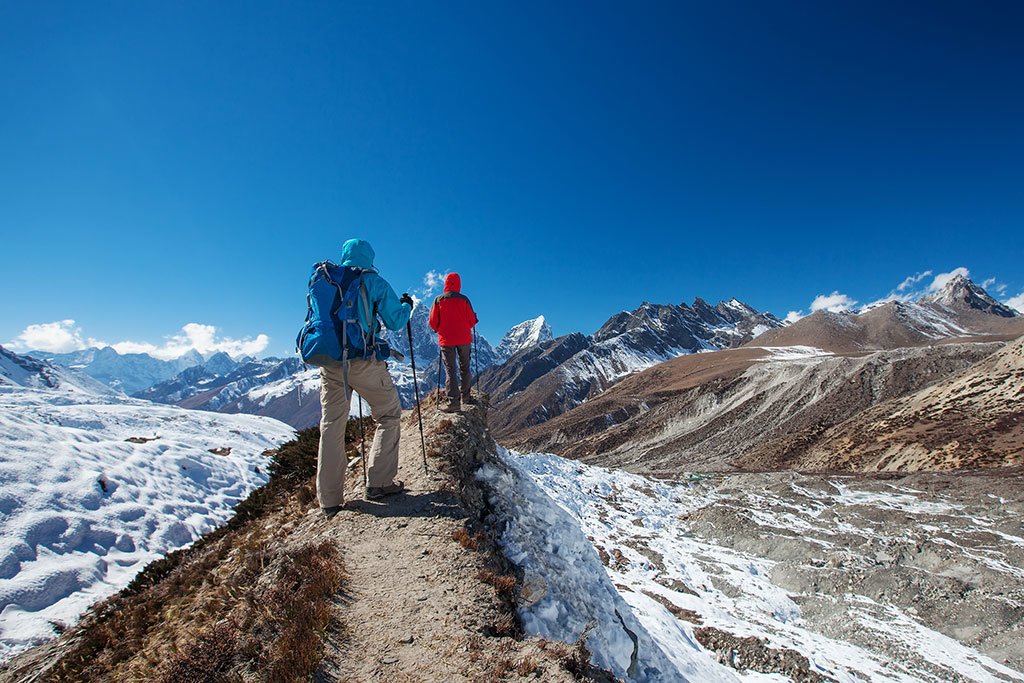
Twenty-five years ago, New Zealand native Jamie McGuinness followed his muse and took a break from university to travel the world. During that time, trekking became his passion, and he has been exploring the Himalaya ever since.
Jamie, a seasoned trekking expert, has been instrumental in unveiling previously unexplored trekking regions. He achieves this through a series of rigorous, challenging treks, some stretching to an impressive 42 days. This duration is a deliberate homage to the celebrated Douglas Adams’ novel, “Hitchhikers Guide to the Galaxy,” specifically referencing the number that represents the meaning of life, the universe, and everything. These extended treks are designed for those seeking a profound and immersive experience in the majestic landscapes of the Himalayas.
Jamie observes, “Yes, there are people who really want to do that rather than a 6-day introductory trek.” This statement underscores the existence of a segment of adventure enthusiasts eager to embrace demanding journeys that delve deeper into the heart of the terrain and culture. These longer expeditions provide an opportunity for a more profound connection with the environment and a more enriching cultural exchange with the local communities.
During his extensive explorations, Jamie meticulously documented his experiences, culminating in his own guidebook, “Trekking in the Everest Region.” This comprehensive guide explores virtually every trail, both major and minor, offering invaluable insights and practical advice for trekkers of all levels. The guidebook is currently being updated to its sixth edition, a testament to its enduring relevance and the continuous evolution of the trekking landscape. This revised edition will undoubtedly incorporate new discoveries, updated information, and enhanced route details to further assist trekkers in their Himalayan adventures.
The Everest base camp trek undoubtedly holds a place of prominence, boasting universal name recognition and attracting approximately 40,000 trekkers to Nepal each year. This iconic trek allows adventurers to stand in the shadow of the world’s highest peak, experiencing the raw grandeur of the Himalayas firsthand. However, Jamie emphasizes that it is by no means the only remarkable hike on the map. For example, in the Annapurna region, a diverse array of trekking options awaits, with Jamie highlighting the availability of both lower altitude and high-altitude treks, catering to a broad spectrum of fitness levels and preferences. These diverse options allow trekkers to tailor their experience to their individual needs and aspirations, ensuring a fulfilling and unforgettable adventure.
“The Everest trek is the most famous, as it is the highest mountain in the world and there’s no getting away from that.” Jamie acknowledges the undeniable allure of Everest. However, he firmly believes that even in the absence of Everest, the Everest region would still hold immense appeal for trekkers. This appeal stems from the region’s exceptional infrastructure, the breathtaking panorama of stunning mountains, and the vibrant cultural tapestry woven along the trails. The well-established network of teahouses, the unparalleled mountain vistas, and the opportunity to immerse oneself in the local Sherpa culture collectively create an unforgettable trekking experience.
The following sections delve into Jamie’s invaluable observations and seasoned advice, specifically curated for individuals contemplating a Himalayan trek, with a particular focus on the immensely popular Everest Base Camp trek. These insights provide practical guidance, essential tips, and invaluable recommendations to ensure a safe, rewarding, and truly unforgettable trekking experience.
## The Profound Benefit of Walking
Trekkers who embark on longer treks often return home transformed, exhibiting improved fitness levels, a leaner physique, and a deeper appreciation for Nepal’s rich culture. Furthermore, these immersive experiences often inspire a commitment to healthier and more mindful lifestyles. The act of traversing the rugged terrain, coupled with the exposure to a simpler way of life, fosters a sense of physical and mental well-being that extends far beyond the duration of the trek.
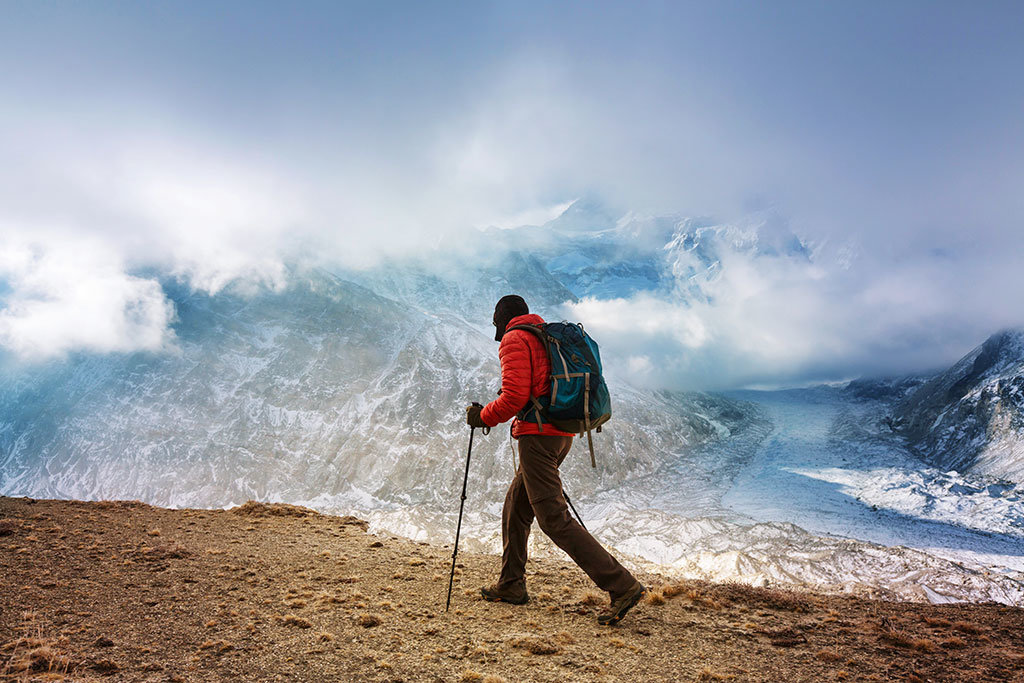
“If you like the great outdoors as a holiday, trekking is hard to beat,” he says. “The daily workout has never been so satisfying.”
## Unbeatable Value: Food and Lodging
The development of teahouse trekking stemmed from the presence of villages strategically located along the trekking routes. Carrying enough food for a month-long journey is simply impractical, making teahouses an indispensable resource for trekkers. These lodges offer comfortable double rooms and a communal dining room where trekkers can order satisfying meals from a varied menu.
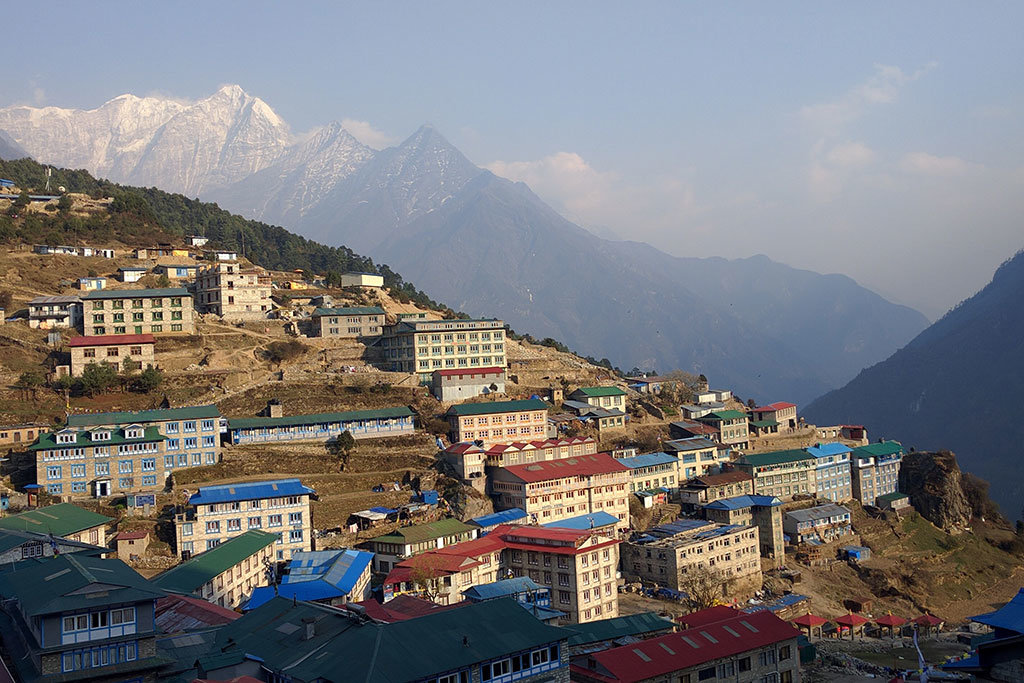
“It’s a fantastic service, and the cost is very reasonable,” Jamie emphasizes. Nepal’s national dish, Dal Bhat (steamed rice and lentils), is a ubiquitous menu staple, providing a hearty and protein-rich meal. However, the menus also offer a diverse range of other culinary options to cater to various tastes. Jamie explains that the lodges receive their food supplies via yak caravans, which transport hundreds of kilograms of provisions into the high country each week, ensuring a consistent supply of fresh ingredients even in remote locations.
## The Trekking Journey: A Social Event
“People are really living in the mountains,” Jamie notes, highlighting the vibrant communities that thrive in these remote regions. “Here, you’ll be hiking mostly half-days so that you acclimatize to the altitude, and then it’s time to relax and meet people and have a look around the place. The villages themselves are picturesque with fields and old and new houses. There are gompas, which are equivalent to churches, small viewpoints, and things like that.” The slower pace of trekking allows for ample opportunities to engage with the local culture, fostering meaningful connections and creating lasting memories.
Communication with locals is generally straightforward, as many individuals in the mountains possess a working knowledge of English. Furthermore, English is a mandatory subject in the local schools, ensuring that younger generations are equipped with the language skills necessary to interact with trekkers from around the world.
## Endless Discovery: Something New to Try and See
In recent years, the Three Passes Trek has gained considerable popularity, attracting both independent and group trekkers alike. This relatively newer route connects a series of valleys via three high-altitude passes, offering a challenging and rewarding experience for seasoned trekkers. The typical Three Passes Trek involves traversing Kongma La (5,536m/18,159 ft.), followed by a visit to Everest Base Camp and then a crossing of the Cho La pass (5,420m/17,777 ft), which includes navigating a genuine ice glacier to reach Gokyo and its stunning lakes. The route then culminates with the ascent of Renjo La pass (5,340m/17,521ft.), which provides breathtaking panoramic mountain views, including the majestic Everest.
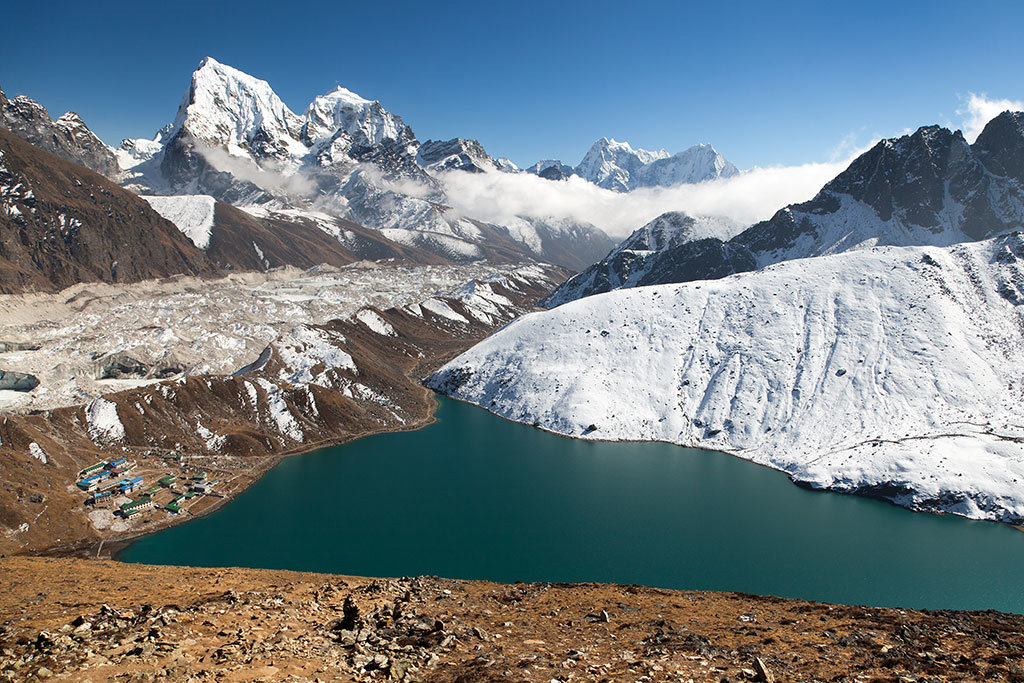
Throughout the Three Passes Trek, trekkers are treated to awe-inspiring views of the surrounding mountains, including the iconic Ama Dablam, which many consider to be even more aesthetically pleasing than Everest itself. The valleys along the route are predominantly inhabited by Sherpa communities, whose colorful villages provide essential food and lodging for trekkers undertaking this remarkable journey.
“This is an ambitious trek—more as challenging as the trek to Everest Base Camp,” Jamie asserts. He clarifies that while the trek typically lasts around 18 days, it is advisable to allocate an extra day or two as a buffer for unforeseen circumstances or simply to allow for a more relaxed and immersive experience.
## Jamie’s Essential Tips for Trekkers
“One of the secrets to feeling good at altitude is to have good ventilation in the room you’re sleeping in,” Jamie advises. “Your body is in a low oxygen environment, so don’t make it worse. If you wake up feeling stuffy, just open the window.”
“It might be a surprise to know that as a solo traveler, you can trek up here safely and comfortably,” he said. “From a personal security point of view, it is safer than almost anywhere, although should understand altitude sickness.”
“Trekking is just a walk through pleasant villages and you can trek to Everest Base Camp in moderate comfort,” he says. “Do you want a shower every night? It can be arranged.” He says you can even trek without a porter if you pack carefully. You can get away with 5 or 6 kilos. You also can sleep outside if you want, but “… it’s something you never have to do here.”
In conclusion, Jamie emphasizes that Nepal is an unparalleled adventure destination, offering a multitude of opportunities to customize your trekking experience to align with your individual preferences and aspirations.

B-1800

